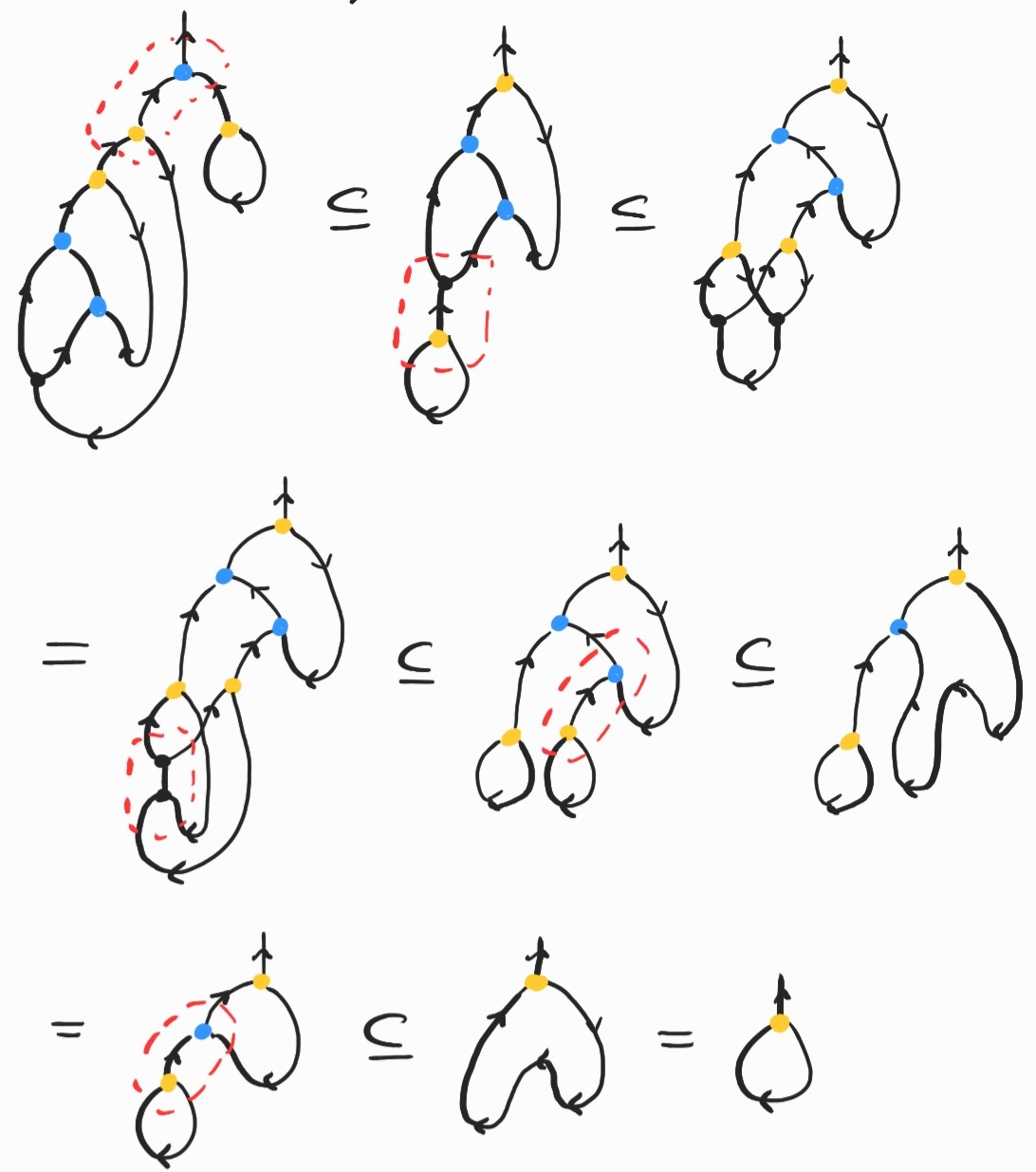Understanding the Lambda Calculus: The Foundation of Functional Programming Link to heading
Lambda Calculus is a formal system in mathematical logic and computer science for expressing computation based on function abstraction and application using variable binding and substitution. Introduced by Alonzo Church in the 1930s, it serves as the foundation of functional programming languages and has influenced various areas of computer science.
What is Lambda Calculus? Link to heading
Lambda Calculus consists of three primary components:
- Variables – Represented by symbols (e.g.,
x,y,z). - Abstractions – Functions that map inputs to outputs, typically written in the form
λx. E, whereλis the lambda symbol,xis the variable, andEis the expression. - Applications – The process of applying functions to arguments, written as
(F A)whereFis the function andAis the argument.
Syntax of Lambda Calculus Link to heading
The syntax of Lambda Calculus is minimal yet powerful. Here are the basic elements:
- Variables:
x,y,z, … - Abstraction:
λx. Ewherexis a variable andEis an expression. - Application:
(E1 E2)whereE1andE2are expressions.
Example of Lambda Calculus Expression Link to heading
Consider the following simple example of a Lambda Calculus expression:
λx. (x x)
This expression represents an identity function applied to itself.
Why Lambda Calculus Matters Link to heading
Lambda Calculus forms the theoretical foundation for functional programming languages such as Haskell, Lisp, and Scala. It provides a framework for understanding functions, enabling the construction of high-level abstractions in programming.
Functional Programming and Lambda Calculus Link to heading
Functional programming languages leverage the principles of Lambda Calculus to treat computation as the evaluation of mathematical functions and avoid changing-state and mutable data.
Example in Haskell Link to heading
Here’s how you might express a simple function in Haskell, inspired by Lambda Calculus:
-- Define a lambda function that adds 1 to a number
increment :: Int -> Int
increment = \x -> x + 1
-- Apply the function
main = print (increment 5)
This Haskell code defines a lambda function that increments an integer and applies it to the number 5.
Example in Python Link to heading
Similarly, in Python, you can define and use a lambda function:
# Define a lambda function that adds 1 to a number
increment = lambda x: x + 1
# Apply the function
print(increment(5))
Both examples demonstrate how modern programming languages incorporate the concepts of Lambda Calculus to manipulate functions effectively.
Applications of Lambda Calculus Link to heading
Lambda Calculus is not just a theoretical construct; it has practical applications in various domains of computer science.
Compiler Design Link to heading
Lambda Calculus plays a crucial role in the design and implementation of compilers for functional programming languages. It provides a formal basis for understanding how functions can be translated into executable code.
Type Systems Link to heading
Type systems in programming languages are heavily influenced by Lambda Calculus. The concepts of type inference and type checking are often framed in terms of Lambda Calculus.
Formal Verification Link to heading
In formal verification, Lambda Calculus is used to reason about the correctness of algorithms and programs. It helps in proving properties of programs mathematically.
Advanced Topics in Lambda Calculus Link to heading
While the basic Lambda Calculus provides a foundation, there are advanced topics that extend its capabilities.
Typed Lambda Calculus Link to heading
Typed Lambda Calculus introduces types to the variables and expressions, enhancing the expressiveness and safety of the language. The most well-known typed Lambda Calculus is the simply-typed Lambda Calculus.
Example of Simply-Typed Lambda Calculus Link to heading
In Simply-Typed Lambda Calculus, each variable and expression has a type. For instance:
λx: Int. x + 1
This expression indicates that x is an integer, and the function returns an integer.
Combinatory Logic Link to heading
Combinatory logic is a variant of Lambda Calculus that eliminates the need for variables. It uses combinators, which are higher-order functions, to achieve the same expressive power.
Example of Combinatory Logic Link to heading
Consider the combinator S, which is defined as:
S = λx. λy. λz. (x z) (y z)
This combinator can replace traditional function applications.
Learning Resources Link to heading
To delve deeper into Lambda Calculus and its applications, consider exploring the following resources:
- Introduction to Lambda Calculus
- Functional Programming Principles in Scala
- Types and Programming Languages by Benjamin C. Pierce
Conclusion Link to heading
Lambda Calculus is a powerful abstraction that forms the basis of functional programming and influences various areas of computer science. By understanding its principles and applications, you can gain deeper insights into the theory and practice of computation. Whether you’re a student, researcher, or professional, mastering Lambda Calculus will enhance your ability to work with functional programming languages and contribute to advancements in the field.
Citations Link to heading
- Stanford Encyclopedia of Philosophy, “Lambda Calculus”, https://plato.stanford.edu/entries/lambda-calculus/
- Coursera, “Functional Programming Principles in Scala”, https://www.coursera.org/learn/scala-functional-programming
- Benjamin C. Pierce, “Types and Programming Languages”, https://www.cis.upenn.edu/~bcpierce/tapl/
Images Link to heading
